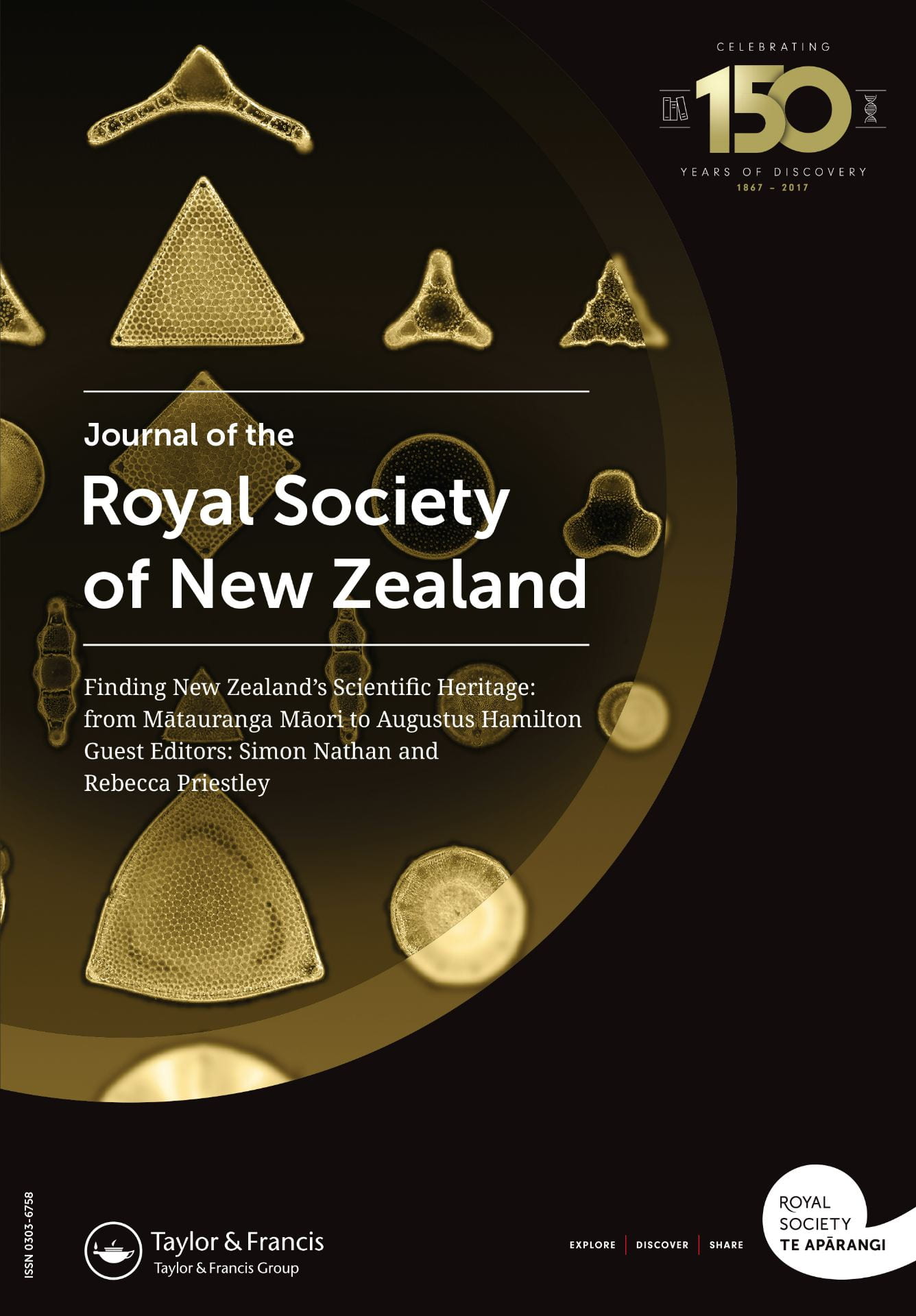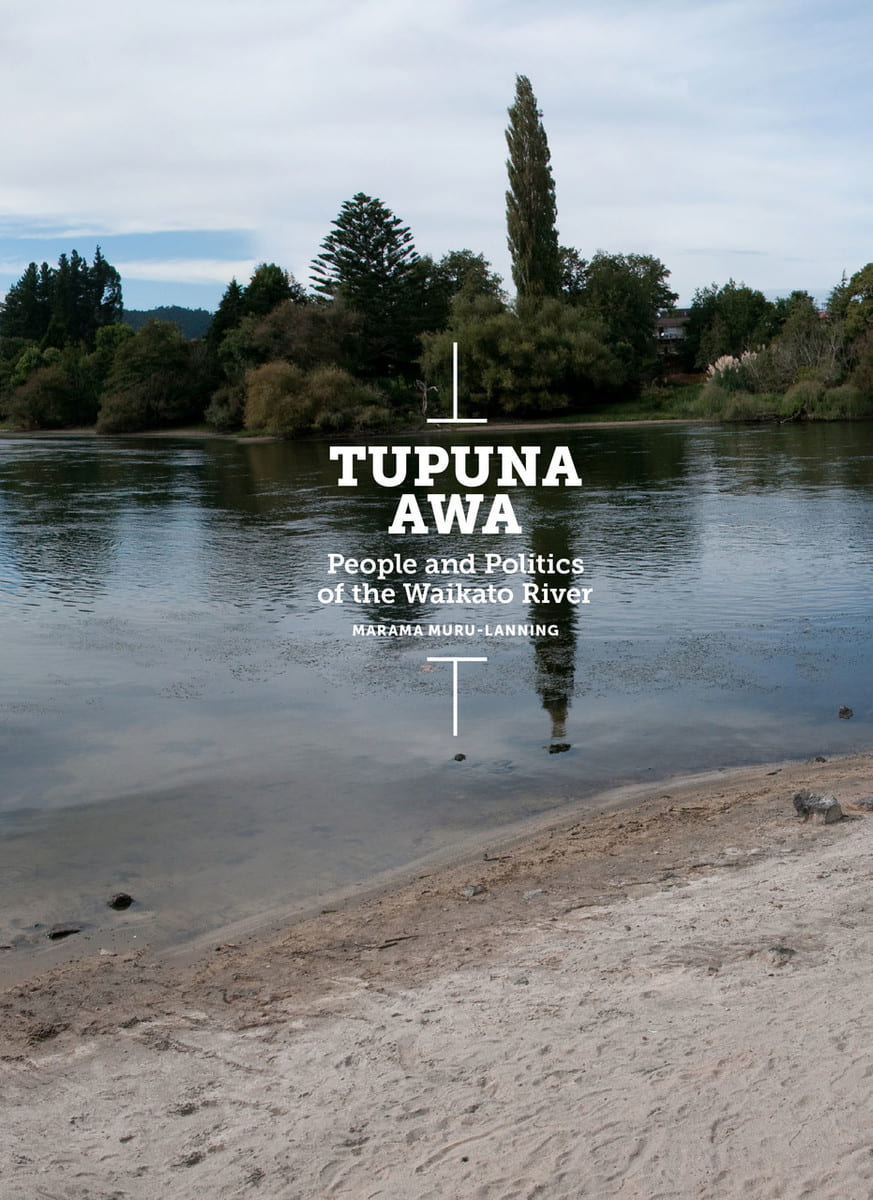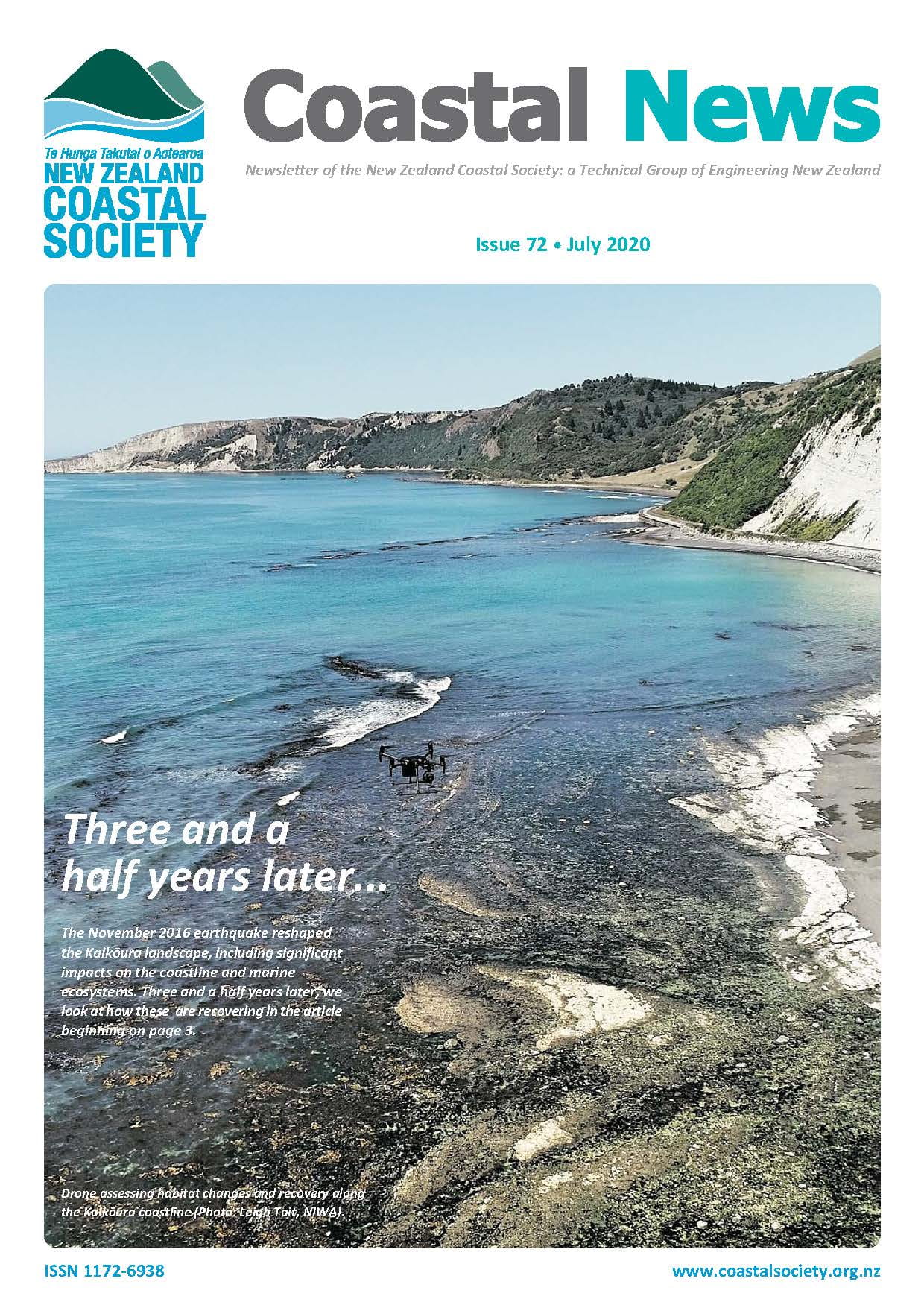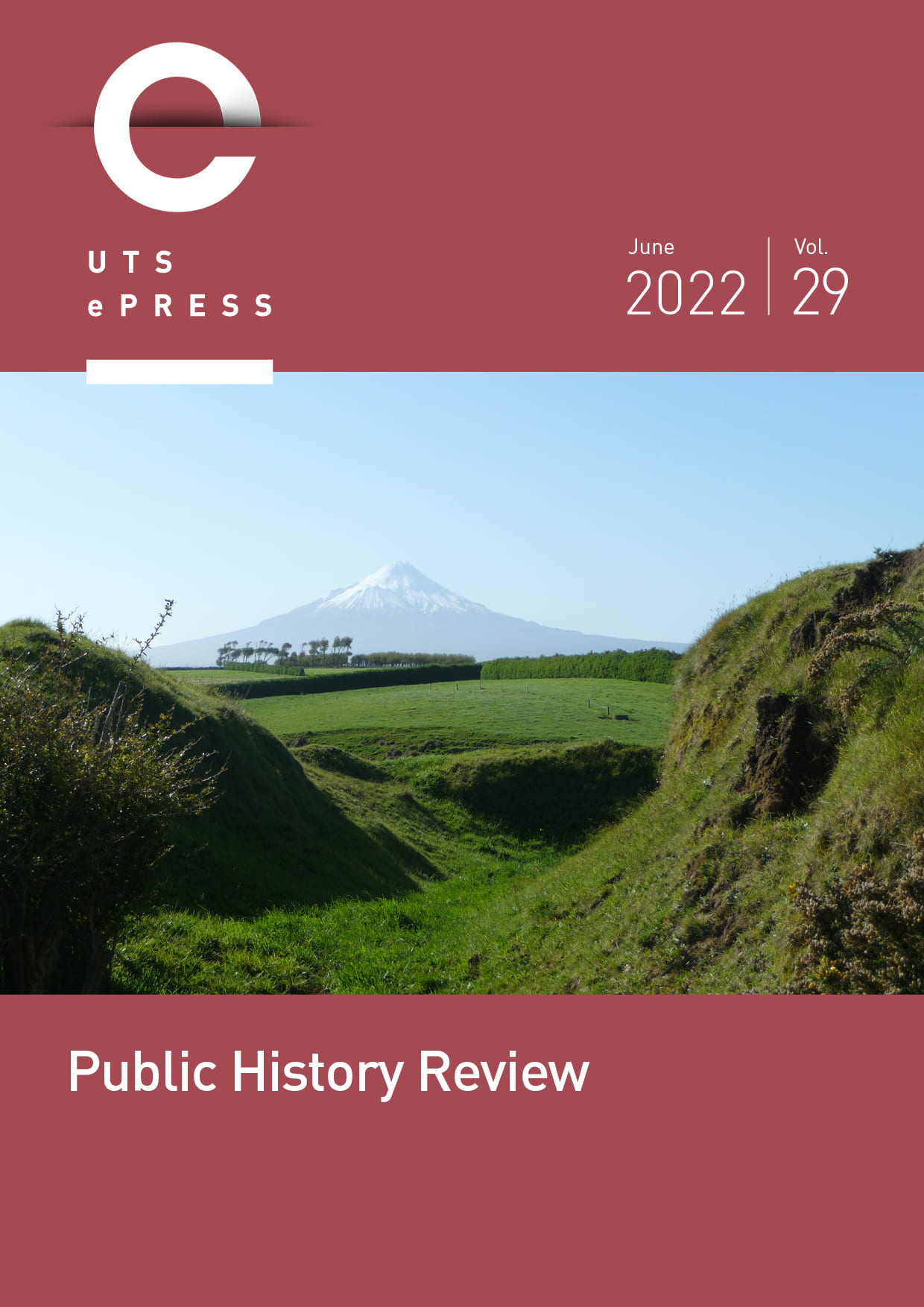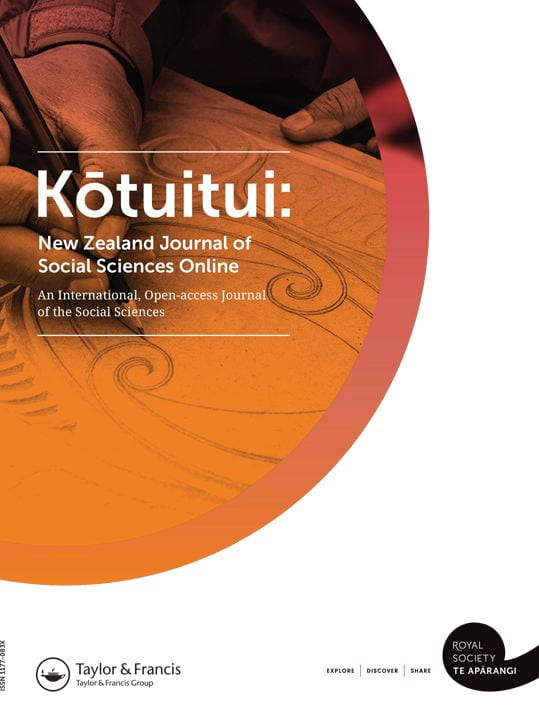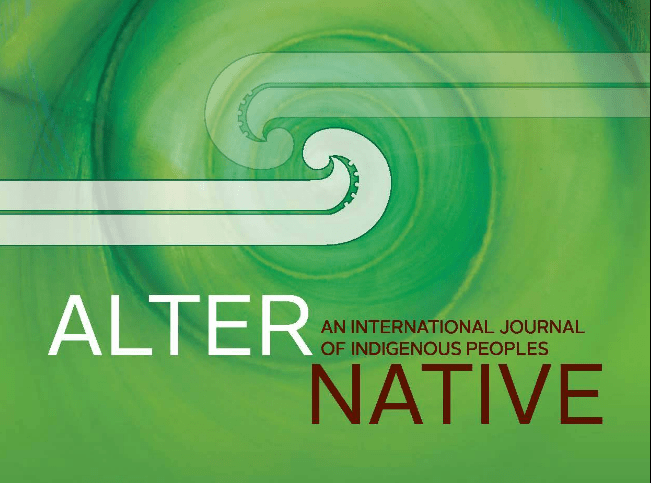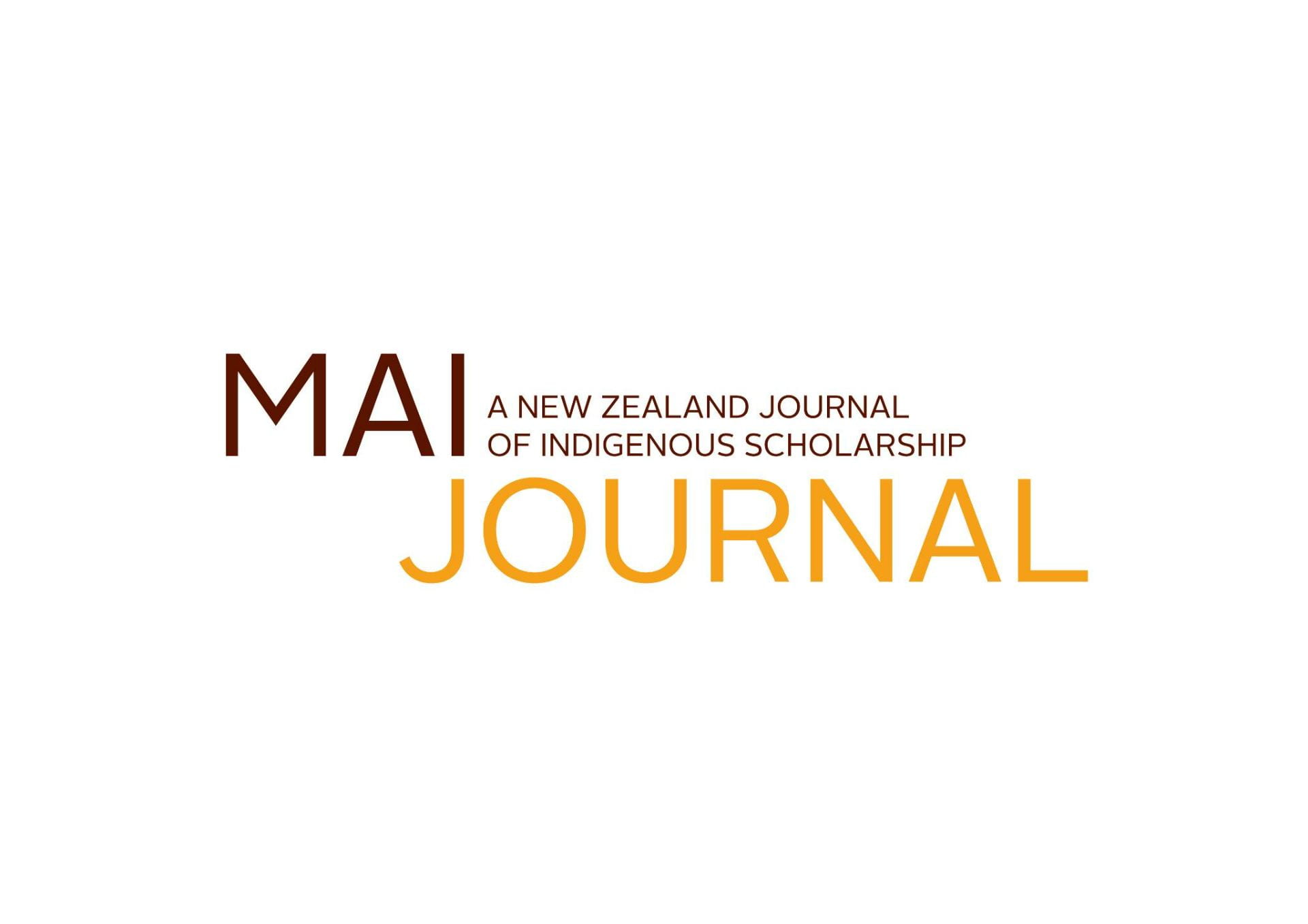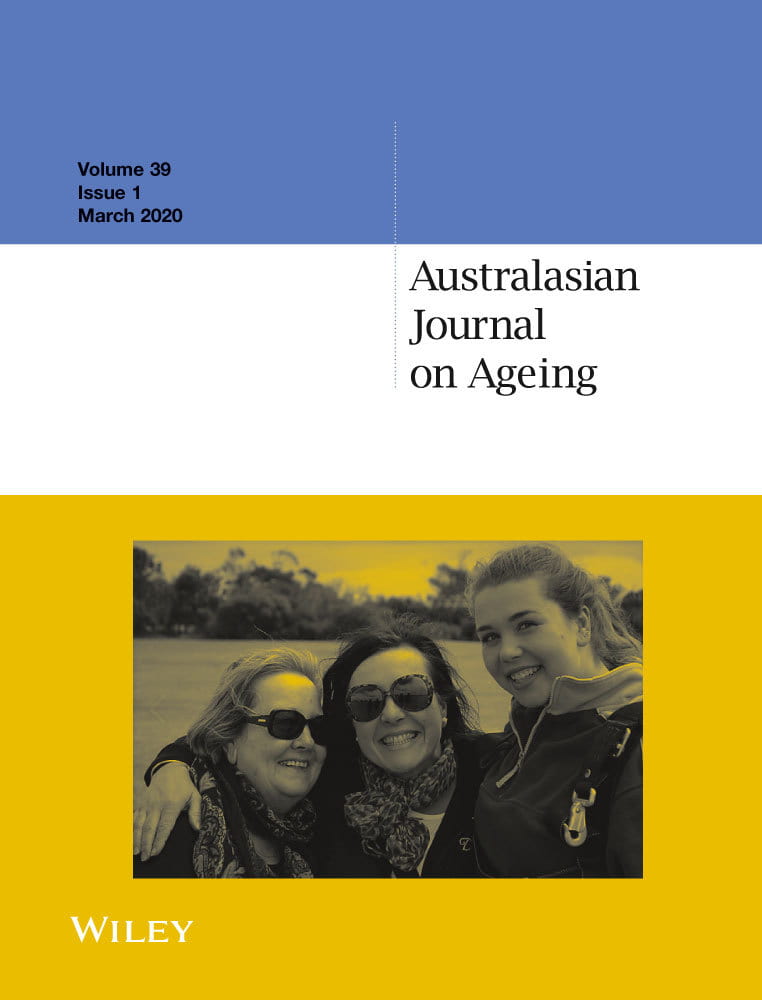Publications
Latest Publication: Dreaming of a Māori Hospital
Mehemea, ka moemoea ahau, ko ahau anake. Mehemea, ka moemoea tātou, ka taea e tātou

This article makes a case for Māori organisations to investigate developing hospitals in addition to hauora primary care services. Our programme of research on kaumātua hauora has involved ten noho wānanga in Te Tai Tokerau, Waikato and Tauranga Moana. During our wānanga and associated kānohi-ki-kānohi interviews, we heard from older Māori who experienced hospital stays as detrimental to their wellbeing. At a whakahoki kōrero with Waikato kaumātua, we were requested to investigate the rationale for a Māori hospital, a wish that has historical roots in Princess Te Puea Herangi’s efforts to create a small hospital at Tūrangawaewae Marae. Her project was stymied by the health authorities of the time. Our observations are backed up by other research demonstrating adverse outcomes for Māori at New Zealand’s public hospitals. A small international literature offers some pointers for success in developing hospitals for Indigenous populations. While there are many aspects that would need thorough investigation in a development process (e.g., tikanga, scope, sites, architecture, development finance, cost structures, staffing, clientele and accessibility), we argue that hospitals developed by and for Māori are a long-held dream that could well be enacted in today’s health service environment.This article makes a case for Māori organisations to investigate developing hospitals in addition to hauora primary care services. Our programme of research on kaumātua hauora has involved ten noho wānanga in Te Tai Tokerau, Waikato and Tauranga Moana. During our wānanga and associated kānohi-ki-kānohi interviews, we heard from older Māori who experienced hospital stays as detrimental to their wellbeing. At a whakahoki kōrero with Waikato kaumātua, we were requested to investigate the rationale for a Māori hospital, a wish that has historical roots in Princess Te Puea Herangi’s efforts to create a small hospital at Tūrangawaewae Marae. Her project was stymied by the health authorities of the time. Our observations are backed up by other research demonstrating adverse outcomes for Māori at New Zealand’s public hospitals. A small international literature offers some pointers for success in developing hospitals for Indigenous populations. While there are many aspects that would need thorough investigation in a development process (e.g., tikanga, scope, sites, architecture, development finance, cost structures, staffing, clientele and accessibility), we argue that hospitals developed by and for Māori are a long-held dream that could well be enacted in today’s health service environment.
Muru-Lanning, M. 2022. Matauranga Māori and environmental research: The interface of Māori knowledge and anthropology. Oxford Research Encyclopedias Anthropology. Https://doi.org/10.1093/acrefore/9780190854584.013.307 Acknowledging the leadership of Professor Tahu Kukutai and the collaboration between Te Ngira Research Centre and the James Henare Research Centre.
Kukutai, T., Clark, V., Jacobs, R., Jones, N., Muru-Lanning, M., Newbold, E., Sterling, R., Teague, V., Huria, L., Watts, D. (2023) Submission on Office of the Privacy Commissioner A potential biometrics code of practice: Discussion document.
Jones, N., & Steagall, M. M. (2023). Unprecedented Times: Māori Experiences of Pandemics Past in the Time of COVID-19. LINK Praxis, 1(1), 109-129.
Marama Muru-Lanning, Hilary Lapsley, Tia Dawes and Keri Mills. (2023). ‘Kaumātuatanga: Kōrero of Māori Elders from Three Tai Tokerau Tribal Groups.’ Pacific Studies, 46 (1), 84-102.
Marama Muru-Lanning and Hilary Lapsley (eds.). (2023). Special Issue, ‘Growing Old in the Pacific’. Pacific Studies, 46 (1).
Marama Muru-Lanning and Hilary Lapsley. (2023). Introduction to Special Issue, ‘Growing Old in the Pacific’. Pacific Studies, 46 (1), 1-10.
Muru-Lanning, M., Lapsley, H., 2022. Harirū, Hongi and Hau in the time of COVID-19. Psychology Aotearoa, Volume 14 Number 1 Haratua May 2022
Tia Dawes, Marama Muru-Lanning, Hilary Lapsley, Ngapare Hopa, Ngahuia Dixon, Cilla Moore, Charmaine Tukiri, Nicholas Jones, Charlotte Muru-Lanning & Moana Oh (2021) Hongi, Harirū and Hau: Kaumātua in the time of COVID-19, Journal of the Royal Society of New Zealand, 51:sup1, S23-S36, DOI: 10.1080/03036758.2020.1853182.
Muru-Lanning, M., Lapsley, H., Dawes, T., Jones, N., Muru-Lanning, C., Oh, M., Tukiri C., Dixon, H., Hopa, N., Moore, C., 2020. Hongi, Harirū and Hau: Kaumātua in the time of Covid-19: Findings from a study of kaumātua in Ngātiwai and Waikato-Tainui (Final Report). Health Research Council of New Zealand
Dawes, T., Lapsley, H., & Muru-Lanning, M. (2022). Hauora Kaumātua: a review essay on kaumātua wellbeing. Kōtuitui: New Zealand Journal of Social Sciences Online, 17(4), 429-444. https://doi.org/10.1080/1177083X.2022.2067482
Pouwhare, R., Leenen-Young, M., Uperesa, L., Muru-Lanning, M. 2022. The Call of the Waka Kuaka: New Directions for the Journal of the Polynesian Society. Waka Kuaka | The Journal of the Polynesian Society, Vol 131(4), 347-354. https://doi.org/10.15286/jps.131.4.347-354
Muru-Lanning, M., Mills, K., Harrison, N., Lanning, G., & Tukiri, C. (2022). Te Ora a Ururoa: Learning from the Mahi of Kaitiaki. Public History Review, 29, 78-95. https://doi.org/10.5130/phrj.v29i0.8275
Burch, K., Nepia, M., Jones, N., Muru-Lanning, M., Williams, H., & O’Connor, M. (2022). Chapter 4: Robots in the Workplace: Behind the Digital Interface/Ngā Karehiko kei te Wāhi Mahi: Kei Muri i te Tāhono Matihiko. In More Zeros and Ones: Digital Technology, Maintenance and Equity in Aotearoa New Zealand. Bridget Williams Books. doi:10.7810/9781990046834_5
Muru-Lanning, M., Dawes, T., Woodward, S, Pouwhare, R., Tukiri, C., (2022). Kāinga Noho – Kāinga Whenua: Housing and Whenua: Kaumātua Voices [Report commissioned by Te Ara Ahunga Ora: Retirement Commission].
Kukutai, T., Clark, V., Mika, J., Muru-Lanning, M., Pouwhare, R., Stirling, R., Teague, V., Watts, D., & Cassim, S. 2021. The COVID-19 domestic vaccine pass: Implications for Māori, pp.1-7 (7) [Policy Brief for the Privacy Commission].
Muru-Lanning, M., Lapsley, H., & Dawes, T. (2021). Ko ngā kaumātua ngā poupou o tō rātou ao: kaumātua and kuia, the pillars of our understanding. AlterNative: An International Journal of Indigenous Peoples, 17(2), 246-253. https://doi.org/10.1177/11771801211019396
Muru-Lanning, M., Thorne, R., Waitere, H., & Venkateswar, S. (2021). Indigeneity: Reflections in Four Voices. In The SAGE Handbook of Cultural Anthropology (pp. 581-588). SAGE Publications. doi:10.4135/9781529756449.n32
Muru-Lanning, M., Mills, K., Tukiri, C., Harrison, N., Lanning, G., Solomon, S., (2021), Te Ora a Ururoa: Learning from the mahi of kaitiaki. New Zealand Historical Association Biennial Conference. [Webcast] https://webcast.massey.ac.nz/Mediasite/Play/c9dc1dc2476e4687b44fa5d75397b6141d
Jones, N., Lapsley, H., Muru-Lanning, M., Pouwhare, R., (2021), ‘Kaumātua make their voices heard’ [Newsroom Web Article]. https://www.newsroom.co.nz/kaumatua-make-their-voices-heard
Muru-Lanning, M. (2021). ‘Research project finds kaumātua are the tūara of Māori society’. Māori Television: Te Ao Tapatahi. Avaliable at: https://www.teaomaori.news/research-project-finds-kaumatua-are-tuara-maori-society
[Television Interview]
Muru-Lanning, M. (2021). ‘How Covid Changed Tikanga’. The University of Auckland. Avaliable at https://www.auckland.ac.nz/en/news/2021/12/02/how-covid-changed-tikanga.html
Grey, R.-S., Muru-Lanning, C., Jones, N., & Muru-Lanning, M. (2020). Once were gardeners: māra and planting protest at Ihumātao. MAI Journal: A New Zealand Journal of Indigenous Scholarship, 9(3). https://doi.org/10.20507/MAIJournal.2020.9.3.4
Jones, N., Muru-Lanning, C., & Muru-Lanning, M. (2020). Te Ao Tawhito: The Old World 3000 bc–ad 1830, Atholl Anderson (2018). In Journal of New Zealand & Pacific Studies (Vol. 8, Iss. 2, pp. 293-298). Intellect. doi:10.1386/nzps_00043_4
Muru-Lanning, M., Mills, K., Lanning, G., Solomon, S., (2020), Listening to the Voices of our Harbours: Kāwhia, Manukau and Whangarei. Coastal News 72 July [Short Article].
Muru-Lanning, M., Vigar, N., Cameron Sunde, S., Randerson, J., (2020), Tidalectic Rhythms: A Durational Performance with Te Manukanuka o Hoturoa [Laser Talk].
Lapsley, H., Muru-Lanning, M., & Dawes, T. (2020). Ko Nga Kaumatua O Tatou Taonga: Supporting the Well-being of Maori Elders in a Changing World. In INTERNATIONAL JOURNAL OF QUALITATIVE METHODS Vol. 19 (pp. 1 page). SAGE PUBLICATIONS INC. Retrieved from http://gateway.webofknowledge.com/
Lapsley, H. M., Muru-Lanning, M. J., & Dawes, T. (2019). Ngā Kaumātua, ō Mātou Taonga: Supporting kaumātua health in a changing world. In Qualitative Health Research Conference. Vancouver, Canada. Retrieved from https://www.ualberta.ca/
van Meijl, T., McCormack, F., Merlan, F., Muru-Lanning, M., Sissons, J., (2019), Doing Indigenous Epistemology: Internal Debates about Inside Knowledge in Māori Society. Current Anthropology Vol 60 (2), 1-18. [Journal Article Comment]. https://www.journals.uchicago.edu/doi/pdfplus/10.1086/702538
Muru-Lanning, M., Davies, C., Harrison, N., Lee, N., Muru-Lanning, C., Stubbing, R., (2019), Flushed: The story of septic tanks In Takahiwai [Short Film]. https://www.auckland.ac.nz/en/research/research-institutes-and-centres/james-henare-maori-research-centre/nga-rangahau-our-research.html
Wagner, J. R., Jacka, J. K., Hviding, E., Mawyer, A., & Muru-Lanning, M. (2018). Introduction: River as Ethnographic Subject. In Island Rivers: Fresh Water and Place in Oceania (pp. 1-25). ANU Press. doi:10.22459/ir.06.2018.01
Kepa, M., & Muru-Lanning, M. L. (2012). Developing research in matauranga te mate Maori. In International Indigenous Development Research Conference 2012 proceedings (pp. 167-173). Auckland [Conference Proceeding]. Retrieved from http://www.indigenousdevelopment2012.ac.nz/
Reports to the Advisory Board

